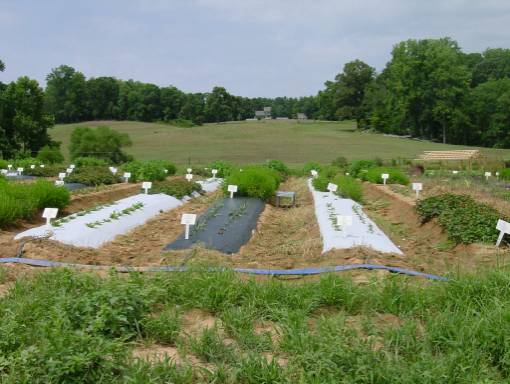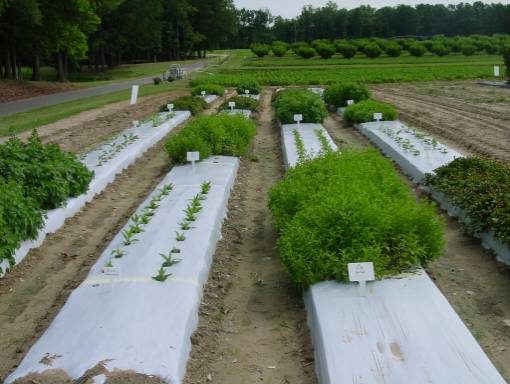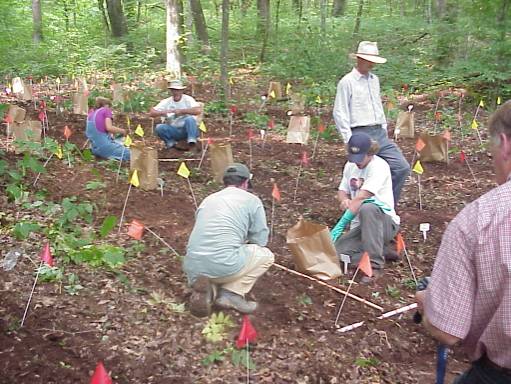Commercialization of Medicinal Herb Production in NC-2002 Report
go.ncsu.edu/readext?452314
en Español / em Português
El inglés es el idioma de control de esta página. En la medida en que haya algún conflicto entre la traducción al inglés y la traducción, el inglés prevalece.
Al hacer clic en el enlace de traducción se activa un servicio de traducción gratuito para convertir la página al español. Al igual que con cualquier traducción por Internet, la conversión no es sensible al contexto y puede que no traduzca el texto en su significado original. NC State Extension no garantiza la exactitud del texto traducido. Por favor, tenga en cuenta que algunas aplicaciones y/o servicios pueden no funcionar como se espera cuando se traducen.
Português
Inglês é o idioma de controle desta página. Na medida que haja algum conflito entre o texto original em Inglês e a tradução, o Inglês prevalece.
Ao clicar no link de tradução, um serviço gratuito de tradução será ativado para converter a página para o Português. Como em qualquer tradução pela internet, a conversão não é sensivel ao contexto e pode não ocorrer a tradução para o significado orginal. O serviço de Extensão da Carolina do Norte (NC State Extension) não garante a exatidão do texto traduzido. Por favor, observe que algumas funções ou serviços podem não funcionar como esperado após a tradução.
English
English is the controlling language of this page. To the extent there is any conflict between the English text and the translation, English controls.
Clicking on the translation link activates a free translation service to convert the page to Spanish. As with any Internet translation, the conversion is not context-sensitive and may not translate the text to its original meaning. NC State Extension does not guarantee the accuracy of the translated text. Please note that some applications and/or services may not function as expected when translated.
Collapse ▲This is a 2002 report from a NC Specialty Crops Program Project. It is posted for historical reference purposes.
PROJECT LEADER(S): SCP Management Team: Jeanine Davis, Bill Jester, and Nick Augostini
TYPE OF PROJECT: Research
LOCATION: Cunningham Research Station – Kinston, North Carolina
Upper Piedmont Research Station – Reidsville, North Carolina
Mountain Hort. Crops Research Station – Fletcher, North Carolina
Mountain Research Station – Waynesville, North Carolina
IMPACT
The growing medicinal herb industry can provide opportunities for North Carolina farmers interested in diversifying production with specialty and niche crops. Many of the crops in demand have not been grown extensively in our region. Therefore, this initial research focuses on basic cultivation techniques for a variety of popular herbs.
This project is being done in cooperation with several other projects, most notably those of the UNC Consortium on Natural Medicinal Products, Yellow Creek Botanical Institute, and David Danehower’s program in Crop Science at NC State University. Projects are underway to examine commercial production strategies for bloodroot, black cohosh, and goldenseal and the influence of mulches on eight sun-loving medicinal herbs. All of these are multiple year studies that will not yield results until beginning in 2003. Interest in these herbs is very high. Visits to the research plots at field days at the Reidsville, Fletcher, and Kinston stations was very high.
Reviewed by Jeanine Davis, NC Alternative Crops and Organics Program, Department of Horticultural Science, NC State University on 9/22/2022.





